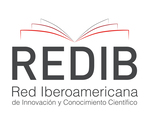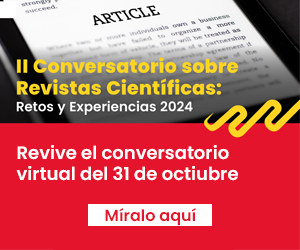Autorregulación renal: Nuevos aportes sobre el funcionamiento del aparato yuxtaglomerular.
DOI:
https://doi.org/10.20453/rmh.v8i4.549Abstract
Estudios morfológicos. Bartolomé Eustaquio debe ser acreditado como el descubridor de los tributos renales (1). Pero clásicamente se le adscribe este hecho a Lorenzo Bellini, sin embargo fue sólo en 1662 cuando éste describió e ilustró los conductos colectores recorriendo el parénquima renal desde su parte más externa hacia la pelvis renal (2). De allí que las partes terminales de los conductos colectores también se les denomina conductos de Bellini.
Downloads
Downloads
Published
How to Cite
Issue
Section
License
Authors assign their rights to the RMH so that may disseminate the article through the means at their disposal. The journal will provide forms of affidavit of authorship and authorization for the publication of the article, which shall be submitted with the manuscript. Authors retain the right to share, copy, distribute, perform and publicly communicate their article, or part of it, mentioning the original publication in the journal.



















